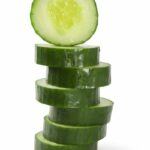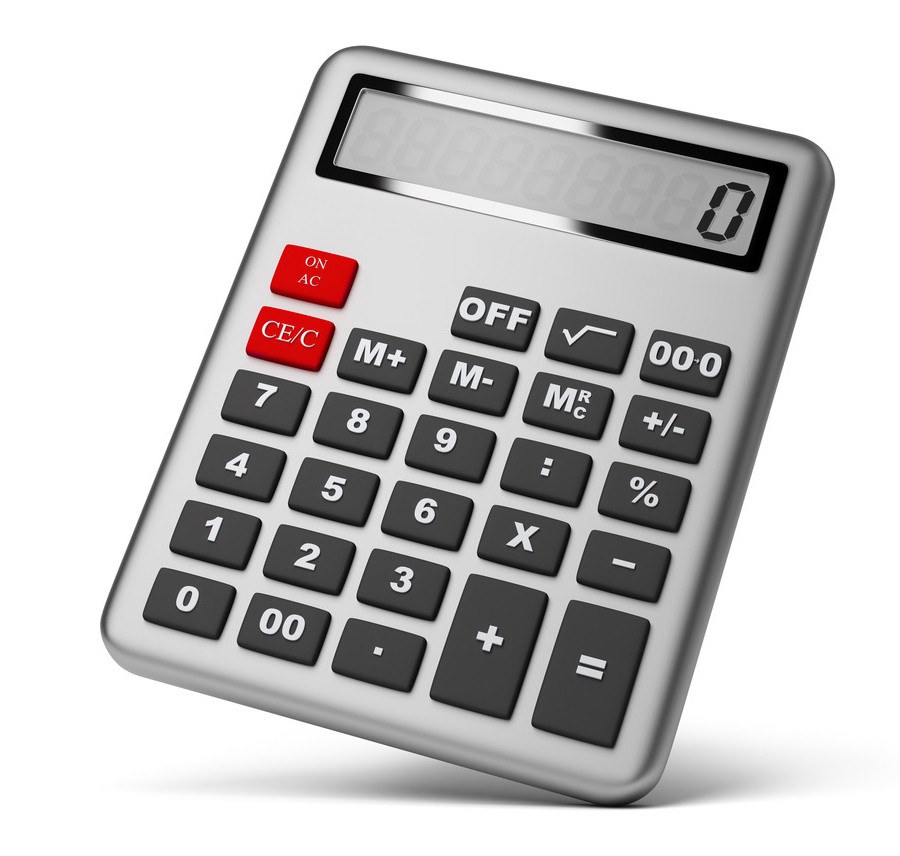I’d like to hit my driver ten yards shorter said no golfer ever. If you want to guarantee a flop in the golf industry, tell your average player that your new club will cost him some distance. Although the quest for distance is actually not always as straightforward as the marketing men would have you believe, everyone wants to know how to hit the golf ball far. Here are few ideas to get you moving in the right direction.
How to Hit the Golf Ball Far
I am an absolute coaching genius. I can guarantee the average golfer ten more yards with their seven iron instantly. Impossible, you say? Actually, it is very easy. I simply give you a different seven iron. You might see the trick here. I a not a golf coach. I haven’t got a magic swing tip that will transform that weak over the top swing into a missile launcher just be snapping my fingers. However, if what you really want is to have your seven iron landing at 150 instead of 140, this is child’s play.
What exactly do I mean? Well, there are seven irons and seven irons. For example, if you are currently hitting a bladed seven iron at an old school 35 degrees of loft, what is going to happen when I give you a quasi-hybrid seven iron with 28 degrees of loft? Congratulations, you have just gained 20 yards and you owe me 50 dollars/euros/pounds or whatever.
In fact, this discussion could even end there. For many golfers, they don’t even want to actually hit the ball further. They want to be able to take out a six iron when their buddy is playing a five. The fact that your six iron is essentially the same club as his five is irrelevant.
In the golf industry, we euphemistically talk about ‘creeping lofts’. This means that lofts on the clubs are getting stronger. I like classic clubs and have played iron sets with a seven iron (often the iron of reference for comparing different sets and specs) was 36 degrees or more. This could be a nine iron today. Sure, it has a number engraved on the sole, but it it doesn’t mean anything in comparative terms.
If we add in shafts getting progressively longer and lighter, and face construction being more and more forgiving in terms on things like perimeter weighting, weight sitting back off the face and a maximum COR (how much energy the clubface can transmit back to the ball), old clubs and new are just incomparable IN TERMS OF DISTANCE. This last bit is important. A modern distance club will go further (sometimes much further) than the same numbered club from years gone by. The two keys points though are that this isn’t actually making you play better golf (although it could be an important part of the journey for some golfers) and it isn’t actually making you hit the ball any further.
Modern Clubs and More Distance
It would be tempting to call these ego clubs, but honestly, I don’t have a problem with modern power irons. If it makes things more fun, that’s great. I don’t even have a problem with the idea of getting one up on your mates by taking a club less (that could well be the same club or even a club more loft for loft.) I do think it is a bit of a shame that marketing clouds the waters for a lot of players by making them think they have gained distance rather than simply hitting a club that has changed specs.
These creeping lofts can also cause a few problems that can make them a double-edged sword. If you have a normal to slower swing speed, even a six iron in a very recent set might be too low-lofted to actually use because you can’t get the ball airborne. Spin levels can also get so low that the club become essentially useless for many. And if the pitching wedge is close to 40/42 degrees, we end up having to have a couple of gap wedges to fill the space between the pitch and the sandwedge.
So how can we hit the ball further without simply relying on playing with club specs? There are other options that will help.
Train the Body for Better Golf
One of the first things that might be worth doing is spending some time working on the physical side of the game. Although not many of us swing at the 120+ speeds of the pros on tour, I would guess that we are all capable of getting a little bit more speed by working on our bodies.
I am not talking about living in the gym. Training is another one of my interests so it really isn’t a problem to keep in some sort of shape but I do appreciate that not everyone feels the same way. Just dedicating 30 minutes a couple of times a week to improving strength and mobility will make a difference. Stronger legs and midsection will generate a better and more efficient transfer of power as you swing and will certainly improve distance as I have already written about here.
This doesn’t need to be complicated. Hopefully the advice in the article above can help. Most golfers are, in all honesty, in fairly average or worse physical shape and just a very simple strength and mobility routine will make a difference. For example, just working on core and leg strength will help create a more powerful rotation and increase clubhead speed which is fundamental for more distance.
Over-Speed Training
Something that I haven’t personally tried but that is on my list is over speed training. I have heard some good things from those who have used things like speed sticks to improve swing speed and it certainly looks like it is worth trying. This is all about practising swinging faster than you might normally or swinging something that is slightly heavier than an actual golf club. I don’t know how convinced I am by the heavier part although I will certainly give a try at some point. Swinging faster with a speed stick or similar definitely seems like a good idea though. If I can get used to swinging at 5 or 10 miles an hour faster than usual, I think thins should help with increasing my normal swing speed too.
There is one really key component of hitting the ball that we haven’t looked at. This is something that we should all be looking at a bit more closely. It can certainly give some distance gains but the real beauty of it is that it will improve everything in our golf game. Swinging faster might make for more distance but could also mean more dispersion, more mishits and more out-of-bounds shots off the tee. This part will have exactly the opposite effect. So what is it exactly?
What we really need to do is to start improving our clubhead delivery and quality of contact. Let’s look at just why this is going to help us hit the ball further.
If we take 2 golfers who are swinging their seven irons at 80 miles an hour, they should in theory be hitting the ball the same distance. In practice, this is rarely the case. Although clubhead speed is the same, all the rest of the numbers that interest us could be wildly different.
Better Contact for More Distance
For example, smash factor. Smash factor gives a measure of ball speed divided by swing speed and for a seven iron, it is generally just under 1.4 for a good player. If one of our two golfers is getting 1.35 and the other 1.25, their results are going to be quite different.
We could also look at spin rates. Once more, if one of our golfers has his seven iron spinning at 8000 revs and the other at 5000, the results aren’t going to be the same and the distance will be significantly different.
This is not something that can be fixed without a little help and the best way to make real progress is to get on a launch monitor with a pro. Perhaps there is something in your swing (or club specs) that is leading to hitting the ball off the toe rather than out of the centre of the club. The club might help but you aren’t getting the best out of it and this could explain why the smash factor is off. Finding the cause and fixing it will immediately add some yards.
Likewise, for spin. Maybe your attack angle is a long way from where it needs to be and you are flipping at the ball (something I can tend to do.) It feels like a very solid strike but the ball can float up and end up quite a way short of where we might expect it. This is something that has been a problem for me at various times. Learning how to get that descending blow and then hit ball first added quite a bit of distance to my irons without swinging it any faster. Conversely, I know when I am swinging badly and flipping because the ball goes high and short although I feel like I have hit it well and it is coming out of the middle of the club.
This isn’t necessarily about going through a complete swing rebuild. It might be a simple as taking a single lesson with a good pro who can look at some numbers and give you some fixes to work on.
Different Ways to Hit the Golf Ball Far
If you really want to learn how to hit the golf ball far, it isn’t an impossible task. Looking at a combination of equipment, increasing swing speed and getting better ball contact can provide some not insignificant increases in a reasonable time frame. Of course, if your plan is to hit the long drive circuit, you might need to take things a little bit further!





